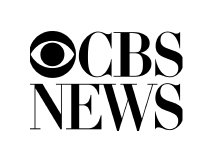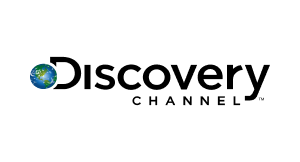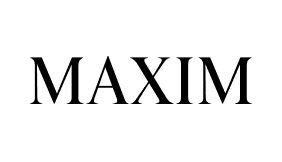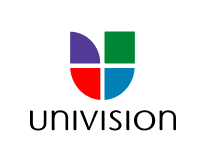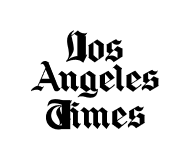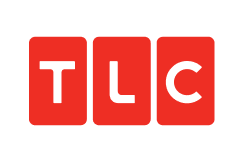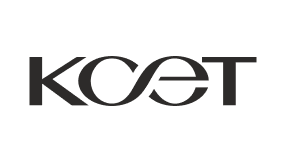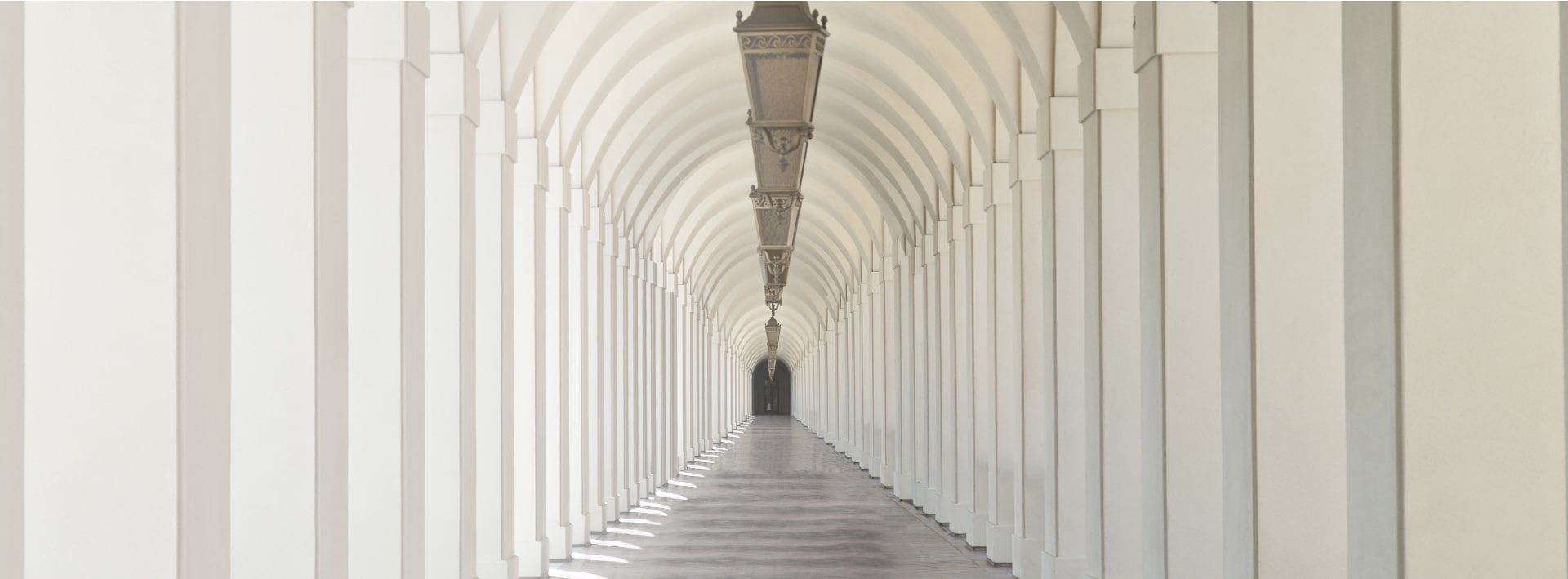Unhappy with the shape of your nose? Located in the heart of Pasadena, Board-certified plastic surgeon Dr. Andre Panossian offers premier rhinoplasty services tailored to meet the unique aesthetic needs of our Los Angeles County community. Patients trust our expertise for beautifully refined noses that enhance their overall appearance.
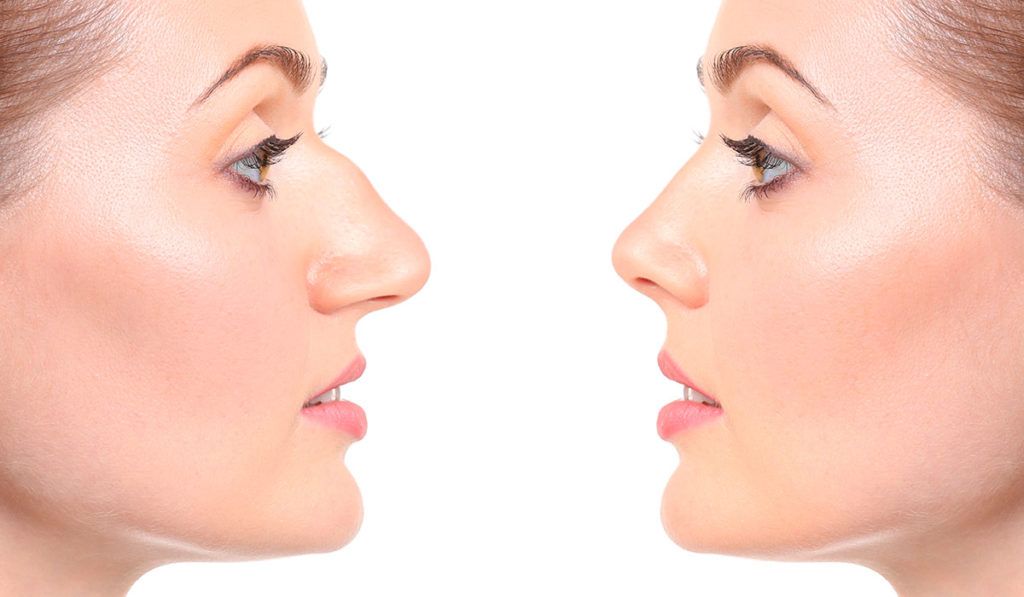
Unlock Confidence and Balance with Dr. Panossian in Pasadena
Choosing rhinoplasty with the skilled Pasadena Plastic Surgeon Dr. Panossian can significantly change a patient’s self-perception, especially in an image-conscious locale like Los Angeles. Whether addressing a crooked nose or other nasal deformity or aiming for subtler refinements, this transformative procedure promises undeniable benefits tailored to your cosmetic goals.
"*" indicates required fields
Rhinoplasty Surgery Explained
A rhinoplasty, often referred to as a “nose job,” is plastic surgery in Pasadena that changes the projection, size, and shape of the nose for cosmetic or functional purposes. For patients, a nose job can have both physical and emotional benefits.
Because the nose is almost always visible, self-consciousness often begins in adolescence. A prominent nose is typically genetic, and the trait is passed down from one generation to the next. In other cases, trauma or disease may have altered the nose.
Rhinoplasty is one of the most transformative procedures in cosmetic medicine. Changes by the millimeter can dramatically improve a person’s looks, regardless of the shape, size or thickness of the skin to be operated on.
Am I a Candidate for Rhinoplasty in Pasadena?
Ideal candidates for a rhinoplasty procedure should be of an appropriate age and will be able to answer “yes” to the following questions:
- Do I think a more attractive nose would improve my self-esteem?
- Am I physically and mentally healthy enough to undergo the surgery?
- Do I have realistic expectations of the changes that can be achieved?
The doctor reviews each person’s candidacy on a case by case basis. Pregnant women, those battling cancer or another serious health condition, and people with active infections may need to postpone rhinoplasty. It is rare, however, that a person is permanently ineligible for a Pasadena rhinoplasty.
Cost of Rhinoplasty in Pasadena
As a leading Pasadena plastic surgeon, Dr. Panossian ensures the cost of rhinoplasty reflects the personalized care and expertise involved. These include the complexity of the procedure, the surgeon’s expertise, and the geographic location of the clinic. Additionally, costs may be influenced by the specific needs and goals of the patient, as well as the surgical techniques employed. It’s important to consider that the total expense often encompasses not just the surgery itself but also associated costs such as anesthesia, facility fees, preoperative tests, and postoperative care. Prospective patients should discuss the full financial scope with Dr. Panossian during the consultation to ensure a clear understanding of the investment involved in achieving their desired results.
Types of Rhinoplasty: Finding the Right Approach for You
A skilled Pasadena plastic surgeon like Dr. Panossian, offers a wide range of rhinoplasty procedures, correcting structural defects and enhancing natural beauty. Each technique is meticulously adapted to unveil the individual’s best features.
Functional Rhinoplasty
In cases of functional rhinoplasty or septoplasty, a plastic surgeon can correct breathing difficulties or other functional issues caused by a deviated septum. This occurs when the cartilage and bone that separates the nasal passages is crooked or uneven, leading to decreased air intake and irregular mucus drainage through the affected nostril.
In more severe cases, a deviated septum may affect both nostrils. Deviated septum repair is generally covered by insurance because it is performed to improve the function of the nose. If it is performed alongside cosmetic rhinoplasty, generally, only the functional portion of the surgery is covered.

Cleft Lip Rhinoplasty
Cleft lip rhinoplasty is part of a cleft palate repair surgery. The condition is apparent at birth and occurs with the improper formation of the roof of the mouth which can expand to the lip and nose. The nose may be affected by this split and can often be repaired through surgery.
Non Surgical Rhinoplasty
In some cases, surgery may not be necessary for the doctor to create minor adjustments in the nose. During a non-surgical or liquid rhinoplasty, the doctor can inject dermal fillers under the skin to disguise a hooked nose or dorsal hump, correct most asymmetry, fill in dips, and create a straighter-looking nose.
The doctor may also be able to balance a wide nose by adding fillers to the chin, creating more facial harmony from a profile perspective. Fillers are not a permanent solution and must be repeated every year or so to maintain results.
Rhinoplasty for all genders
Female rhinoplasty and male rhinoplasty are performed with consideration to a person’s apparent or preferred gender characteristics. A broader nose can appear more masculine, while a refined, sleeker look is generally considered for a feminine nose. The doctor adjusts his nasal reshaping techniques to create the aesthetic that most appeals to his patients.
Ethnic Rhinoplasty
During this version of the surgical procedure, the doctor improves the look of the nose but takes special care to ensure that the new nose appears in harmony with the patient’s ethnic identity and facial features. An ethnic nose job may require more subtle corrections for this reason.
Conditions treated by Rhinoplasty
Dr. Panossian’s rhinoplasty expertise refines aesthetics and corrects various nasal conditions. Through his skilled intervention, patients achieve both functional improvements and desired beauty enhancements.
- Nasal obstructions
- Crooked nose
- Saddle nose deformity
- Deviated nasal septum
- Asymmetric or wide nostrils
- Pollybeak nose
- Dorsal hump
- Droopy or bulbous nasal tip
- Nasal valve collapse
- Upturned nose
- Birth deformities
Rhinoplasty Before-and-After Pictures


Patient Example #1: This patient underwent open rhinoplasty to correct a severely deviated nose and septum as well as heavy correction of the dorsal hump and hanging tip. Smiling preop shows excessive tethering of the tip with worsening droop. All deformities were corrected with improvement of breathing due to correction of a severely deviated septum.


Patient Example #2: This patient underwent closed rhinoplasty to straighten the nose, reduce the dorsal hump, and refine the tip. Nasal airway obstruction was also addressed. Swelling in the tip may take 1-2 years to resolve. Check out the rhinoplasty Before and After photo gallery to see additional views of this patient.
What to Expect at a Rhinoplasty Consultation
Prospective patients are encouraged to schedule a consultation with Dr. Panossian at Andre Panossian MD Plastic Surgery, conveniently located in north-central LA, to discuss their desire for a nose job in Los Angeles.
The doctor will review the patient’s paperwork to determine if they are healthy enough for the procedure. He will then go over the patient’s aesthetic goals and make treatment recommendations. In some cases, Dr. Panossian may recommend alternative procedures or suggest additional surgeries or treatments based on the patient’s aesthetic preferences and individual anatomy.
Dr. Panossian can create a preliminary treatment plan and describe the two main rhinoplasty techniques: open rhinoplasty and closed rhinoplasty. Open rhinoplasty requires an incision in the columella, which is the exterior nasal skin that divides the two nostrils. It can result in a small but hidden scar.
In the closed rhinoplasty approach, the doctor accesses the nose cartilage and bone internally through the nostrils and incisions made inside. The patient’s goals and nasal structure can help Dr. Panossian determine which technique to recommend.
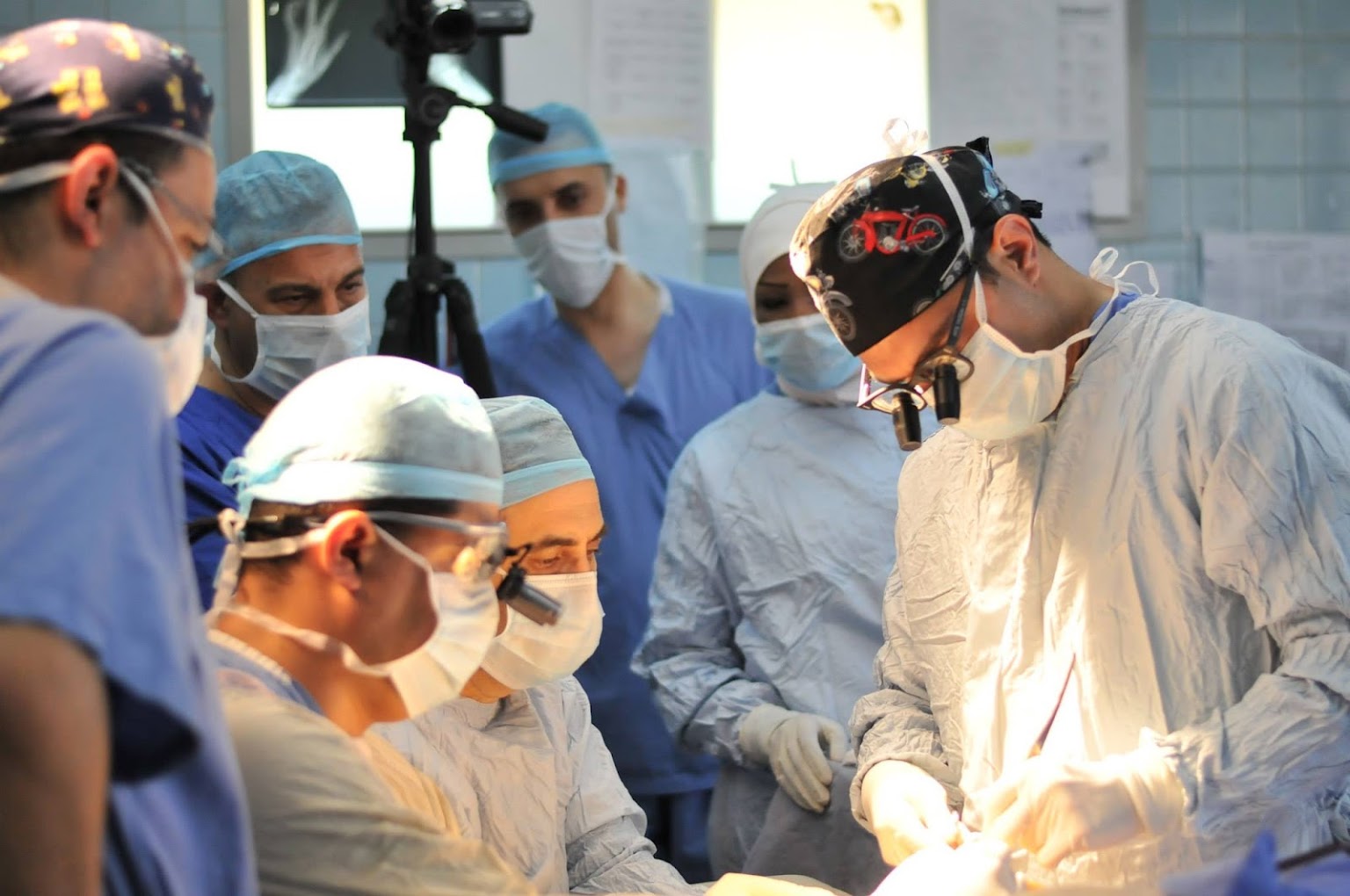
Are You Ready For A Consultation?
If you are considering this procedure, booking a consultation with an experienced board-certified plastic surgeon like Dr. Panossian is a great way to learn about the procedure and determine if it’s right for you.
Preparing for Your Rhinoplasty: Steps for a Smooth Surgery Experience
Each patient is unique and individual results may vary*.
Before patients can undergo a rhinoplasty procedure in Pasadena, they must follow Dr. Panossian’s pre-surgical preparation steps. He may require imaging of the sinuses, records, and approval from the patient’s primary care physician and/or request lab work. Patient safety is of primary concern during an elective procedure.
The Rhinoplasty Surgery
Each patient is unique and individual results may vary*.
Rhinoplasty is performed at an accredited surgical center in Pasadena. The details of the surgical plan will be determined prior to the surgery date. Dr. Panossian meets with patients before the surgery to discuss their desired changes and explain his approach. He may use a surgical marker to create a plan to follow once the surgery begins.
Patients will also meet other members of the surgical team which might include an anesthesiologist and specialty nurses. Once Dr. Panossian and his team are ready to begin, the patient will be anesthetized in a comfortable sleep for the duration of the rhinoplasty procedure.
What to Expect During Rhinoplasty Recovery: Your Guide to Healing
On the day of the surgery, patients are discharged once the anesthesia is reversed and they are fully awake. They must have a ride to take them home or to their hotel room to recover. They may feel groggy for the next 24 hours. When sleeping, postoperative rhinoplasty patients are asked to use pillows to prop themselves up to a 45-degree angle so gravity can help control nasal swelling in the first week.
Patients should take a week off work or other regular activities, and should not exercise or do other strenuous activities that raise their heart rate for 6 weeks. Most patients do not need pain medication or other comfort measures like a cold compress beyond the first week. The nose will change most dramatically during this time.
Special considerations may apply to some patients. After surgery, wearing glasses is discouraged. They may need to be taped up on the forehead with medical tape or otherwise held away from the nasal bridge.
Nerves are temporarily affected and may cause an itching sensation in the nose. Patients should not scratch the nose to avoid affecting the still malleable structure or sutures but may be able to use a cotton swab instead. Because patients must refrain from blowing or sniffing for one week, tissues for any fluid drips are good to keep nearby.
At the end of the initial healing period, patients will need to return to Dr. Panossian’s office for a routine post-procedural checkup and to have their nasal packing, cast, or sutures removed. Depending on when the postsurgical rhinoplasty appointment is scheduled, patients may require transportation to Dr. Panossian’s Pasadena, CA office.
Though the majority of the swelling and bruising will subside in a week or two, it can be a full 18 months until the final results of the nose surgery are visible. The extended period of recovery from surgery is the result of limited blood flow to the area and the intricate structures of the nose. The nasal bones, along with the cartilage, are the major supports of the nose and will determine its final form.
More Rhinoplasty Post-operative Instructions
The following is a set of instructions given to Dr. Panossian’s patients after rhinoplasty. Dr. Panossian may modify the instructions as needed for each patient.
Potential Risks and Side Effects of Rhinoplasty
The procedure should be performed by an experienced, board-certified surgeon to avoid getting a bad nose job and achieve an aesthetically pleasing result. Risks can be minimized, but not fully eliminated, due to varying circumstances. Risks may include:
- Bruising and swelling
- Tingling sensations
- Pain and discomfort
- Nasal congestion
- Infection
- An undesirable outcome
- Permanent tissue damage
- Need for revision rhinoplasty

Why choose Dr. Panossian?
- He received his medical education at Tufts University School of Medicine.
- Graduated at the top of his class at UCLA, receiving Phi Beta Kappa and Summa Cum Laude honors.
- Was accepted into an elite combined general surgery and plastic surgery residency at the Keck School of Medicine of USC.
- Completed subspecialty training in craniofacial surgery at the Hospital for Sick Children in Toronto and Harvard Medical School.
- Was mentored by Dr. Ron Zuker in the practice of facial paralysis reconstruction. This prestigious fellowship position was available to only one surgeon in the United States.
- Is affiliated with various charitable and educational organizations, including Operation Smile and Mending Kids.
- Is a member of the American Society of Plastic Surgeons and the highly selective American Association of Plastic Surgeons, reserved for only a select group of individuals nationally who have demonstrated excellence in academic plastic surgery.
- Holds memberships in several other professional societies including the American College of Surgeons and the American Society of Reconstructive Microsurgery.
- He serves on the Board of Directors for Mending Kids and the Gondobay Manga Foundation, a non-profit organization dedicated to the improvement of lives in Sierra Leone.
- Has been nominated by his peers annually since 2012 as a “Super Doctor.”
- Served as an expert medical consultant and appeared on The Doctors, Grey’s Anatomy, and Nip/Tuck.
- Has been featured as “Top Doctor” in US News and World Report, Pasadena Magazine, and Los Angeles Magazine.
Frequently Asked Questions About Rhinoplasty
Last modified by Dr. Andre Panossian

